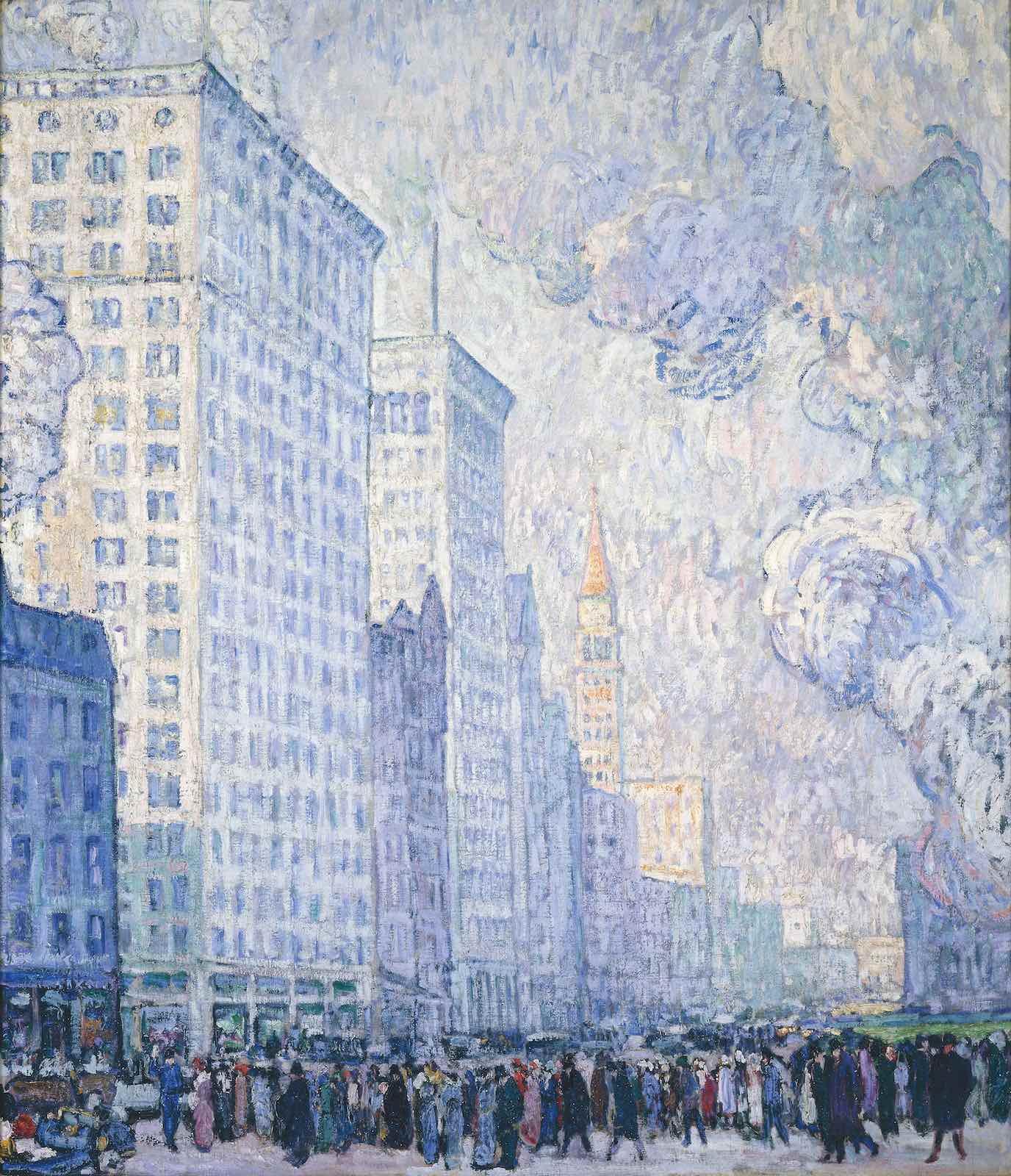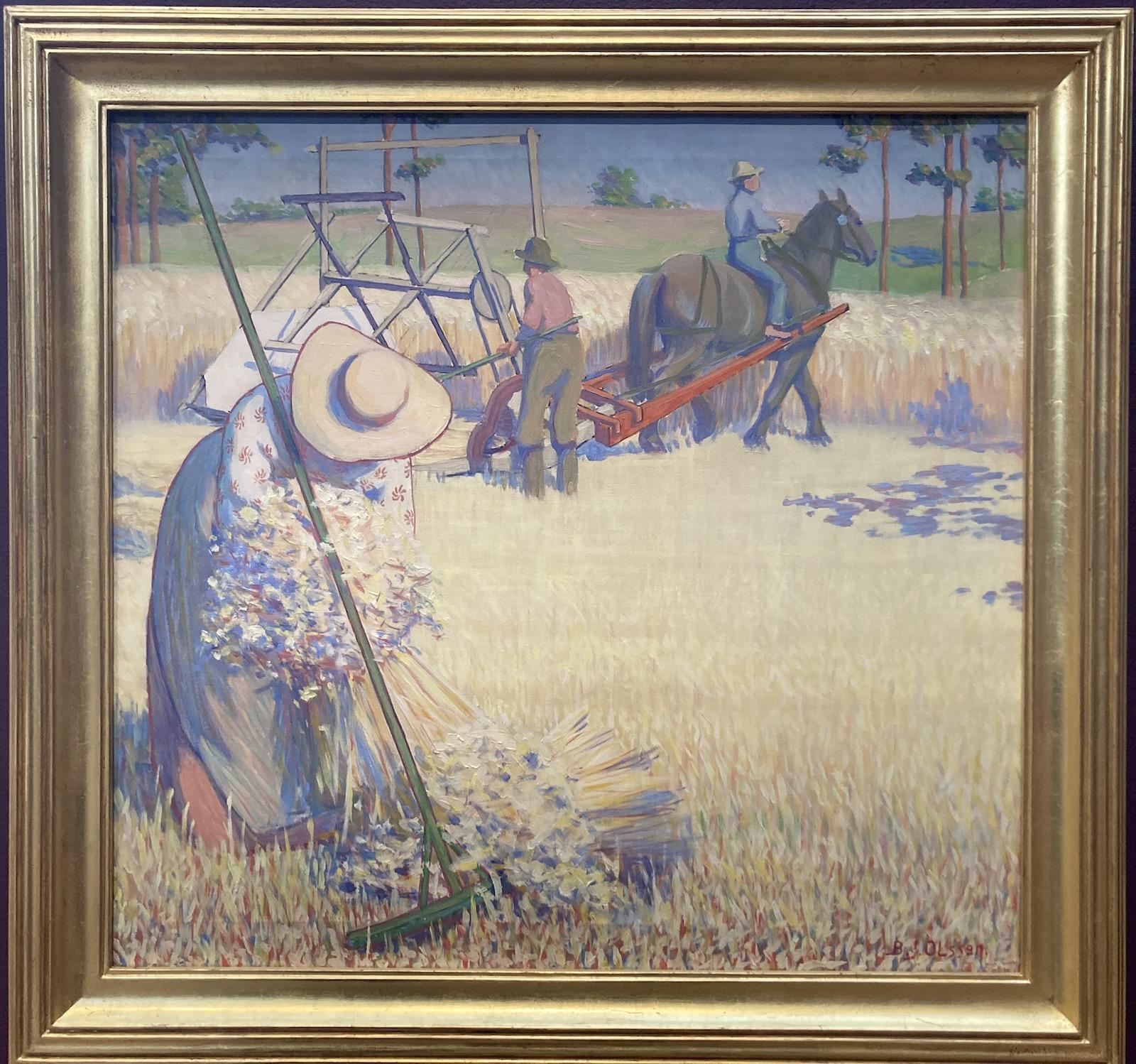Diane Mullin, senior curator at the Weisman, says the museum has been looking at the contours of its American art collection in recent years. “We’ve been looking more at the breadth of it, and one of the things that’s come up quite a bit is about the notion of immigrants and their role in American Art,” she says.
The Weisman holds the largest collection of Nordfeldt’s work in the country, in part, Mullin explains, because of the relationship his widow had with the University of Minnesota.
Emily Abbott Nordfeldt was also an artist. She met Nordfeldt when he was teaching at the Minneapolis School of Art, where she was his student. After he moved from Minneapolis, they lost touch but re-kindled their correspondence in 1944. Over letters and whimsical drawings, their romance blossomed, and eventually, the two married.


























![DEl Kathryn Barton [Australian b. 1972] the more than human love , 2025 Acrylic on French linen 78 3/4 x 137 3/4 inches 200 x 350 cm Framed dimensions: 79 7/8 x 139 inches 203 x 353 cm](/sites/default/files/styles/image_5_column/public/ab15211bartonthe-more-human-lovelg.jpg?itok=wW_Qrve3)



